Understanding the difference
As dairy allergies (sometimes called milk allergies) can be severe it is very important to understand the difference between a dairy allergy vs lactose intolerance. The difference between lactose intolerance and dairy allergies can be significant in terms of symptoms and treatment.
An allergy to the cows milk proteins in dairy triggers an immune system response. Dairy allergies occur in only 4% of the population, primarily in infants and young children. A medical diagnosis and ongoing professional management is essential for a dairy allergy.
Lactose intolerance is relatively common, and although the symptoms can be debilitating the condition is not life threatening. Continuing to eat dairy will not make the condition worse.
Many people find themselves questioning whether their digestive discomfort is due to lactose intolerance or dairy allergies. The table below will help you understand the distinction so that you can manage your treatment accurately.
Key differences between lactose intolerance and dairy allergies
| Lactose Intolerance | Dairy Allergies | |
| Trigger |
A key difference between lactose intolerance and dairy allergies is that small amounts of dairy can normally be tolerated without symptoms. |
Even trace amounts of dairy can cause a reaction. |
| Symptoms | Symptoms are related to gastric upset – excess bloating, gas or flatulence, abdominal discomfort, and diarrhoea. | Some gastric symptoms are the same as for lactose intolerance – such as stomach discomfort and diarrhoea. In addition, allergies may cause systemic (body-wide) reactions such as an itchy rash or hives, runny nose, swelling of the lips or throat, coughing, wheezing or difficulty breathing. |
| Management | Consumption of dairy can be managed with enzyme supplements or reducing the intake of dairy. Continued exposure to dairy does not make the condition or symptoms worse. | Allergic reactions can be very severe, even life-threatening, and often get worse with continued exposure to the allergen. Strict avoidance of milk proteins is normally recommended. |
Understanding the difference between lactose intolerance and dairy allergies is key to managing these conditions effectively. While lactose intolerance symptoms generally involve digestive issues, dairy allergies involve an immune system response.








